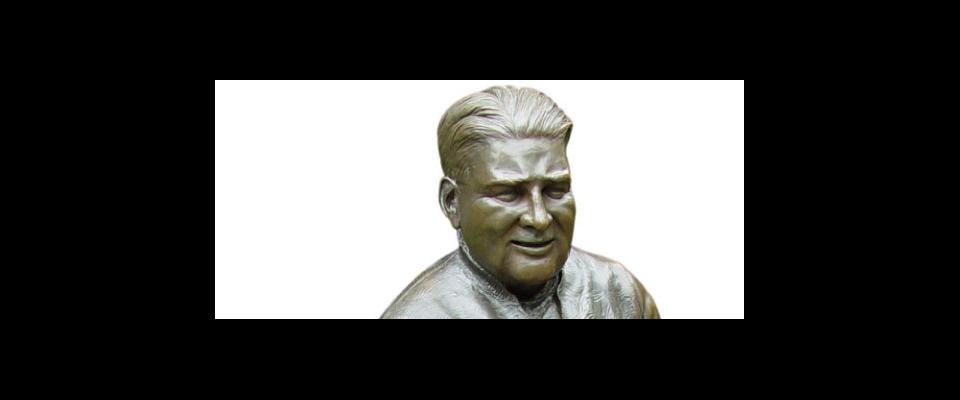Early in her masculinity research at a Northern California high school, sociologist C.J. Pascoe witnessed a disturbing scene. A senior approached a group of visiting elementary school boys, yelling "There’s a faggot over there! Watch out! He’ll get you!" as his friend sauntered over, hips swaying and arms flailing theatrically. The young boys ran away in horror.
Initially Pascoe, M.A. ’00, Ph.D. ’06—whose own high-school peers would never have tolerated such behavior—was shocked by such displays, but after 18 months of fieldwork she became inured to jokes about "faggots." "I couldn’t keep track of the number of times I heard it," says the youthful and engaging author of Dude, You’re a Fag, which was based on her research at a Sacramento–San Joaquin Delta school. Through interviews with more than 50 students, chats with faculty and administrators, and her observations of classroom and out-of-school behavior, Pascoe discovered that, in the words of one student, being a "fag" is "the absolute worst thing a guy can be."
"Boys gain power by making sure that others see them as masculine," Pascoe notes. "And the best way to be masculine is to not be seen as a fag." Although the word is undeniably homophobic, she was surprised to learn that the insult is not just about sexuality. "You’re not necessarily a ‘fag’ even if you’re gay, as long as you’re stereotypically masculine. Conversely, a guy who identifies as straight can be permanently labeled a faggot if he’s effeminate, or cries a lot, or likes to dance."
Pascoe traces highly "masculinized" teen culture back to the ’20s and ’30s, when dating and machismo became central aspects of teen culture. During the ’40s, as women joined the workforce to replace men at war, men began using the insult "sissy" or "girl" to maintain their dominance. "These days, boys no longer, or very rarely, call each other girls or sissies, because girls will kick their butts," she says. "What’s happened is the insults have moved into new terrain. And that’s where you get the word fag."
The high school boys Pascoe studied also flaunted their masculinity by talking about girls’ bodies in degrading ways, referring to "banging" pretty girls and making them bleed. She was shocked to see the violence of boy-girl flirting; once she watched a girl and boy playfully hitting each other until the boy grabbed the girl’s head and violently shook it back and forth. Only after the girl shrieked, "Stop!" did the boy release her.
"Parents need to hold their sons accountable for this sort of teasing behavior," says Pascoe. "It’s not that we want to punish the boys, it’s that we want them to know they don’t have to be this ‘masculine’ guy. They can be any sort of man they want to be."
Pascoe says schools should support organizations such as the Gay-Straight Alliance, which creates student "safe zones" on campus, and enforce California Assembly Bill 537, which prevents discrimination in schools based on sexual and gender identity. "It’s not enough to reprimand or discipline a boy for making sexist comments or calling someone a fag," says Pascoe, who was leered at, propositioned, and touched inappropriately while doing her research.
Pascoe sent a copy of her findings to the high school and offered to discuss practical solutions with administrators. "You know, I never got any response from them," she says.




















